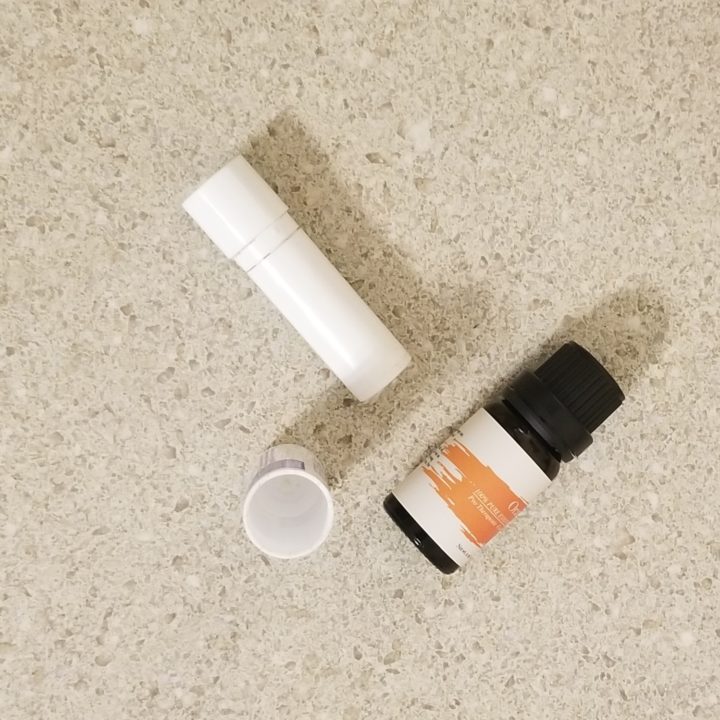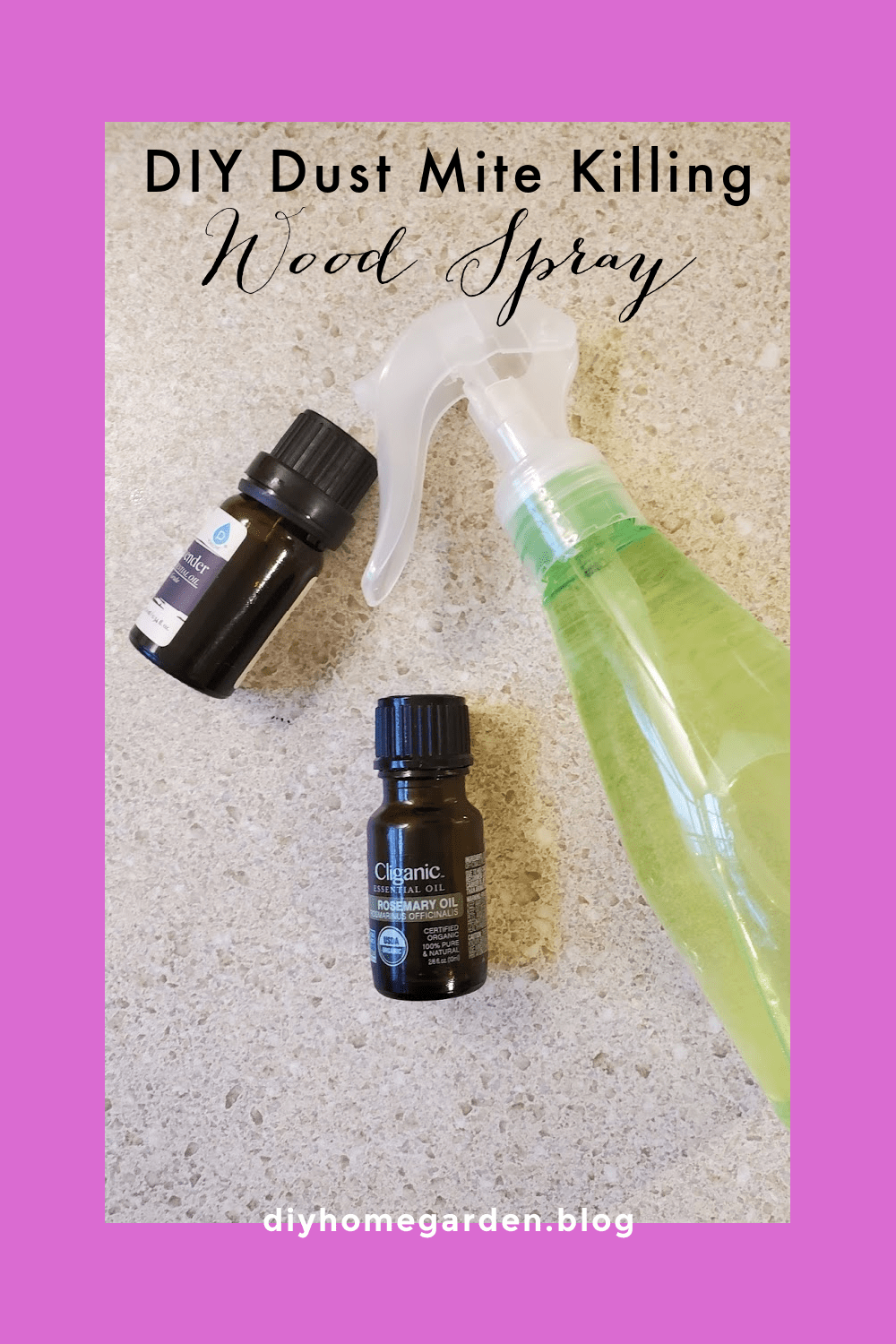Ever think indoor air quality could be far worse than outdoor spaces—especially concerning pollution and the resulting infections?
Well, it’s the truth. Though most people consider their homes and offices safe havens, free from outdoor air contaminants, these places actually harbor polluted air like outdoor spaces.
In fact, experts at the EPA say that indoor air pollution is, on average, two to five times worse compared to outdoor air pollution. This exposure can obviously expose you to life-threatening conditions like stroke, chronic obstructive pulmonary disease, heart disease, and lung cancer.
However, the good news is that you can always avoid or minimize indoor risk factors to ensure good indoor air quality. So before we look at how you can ensure good indoor air quality, here are some of the most common indoor air pollution factors.
Common causes of indoor air pollution
1. Molds and mildew
Nothing supercharges the growth of molds like excessive moisture in the air, especially in a controlled space like a home or office. You’ll breathe them in the air and even physically spot them on the surfaces around you—which is a clear sign that your indoor space is too humid.
In such a case, get a dehumidifier to help normalize the humidity levels. This, in turn, helps prevent the growth of molds, thus minimizing your risk of diseases. Though not everyone will react to molds, most people end up experiencing one or two symptoms of sinus infection, which may include throat or eye irritation, nasal stuffiness, coughing, and or wheezing.
The effects can be worse for individuals already suffering chronic lung illnesses and those with mold allergies, as it can lead to even more severe reactions.
2. Lack of proper ventilation
It’s among the leading causes of indoor air pollution. However, it is the easiest factor to manage when improving indoor air quality.
Just by opening the windows of your home or building once in a while, you allow fresh air to neutralize the stale air hanging around inside and sweep out the trapped in allergens and toxins—which can otherwise lead to infections.
Adverse weather forcing you to keep the windows closed? Ensure your HVAC unit has fresh filters and the ductwork is clean.
3. Household cleaning products
Most likely, you’re using more than just one cleaning product around your indoor space, which is good as this helps keep germs at bay. But how about the unseen effects?
These supplies are made of chemicals, and spraying them while cleaning is a sure way of inhaling the harmful substances as they will circulate in the air you breathe.
Consider, at least, opening the windows while using such cleaners or simply make your own chemical-free household cleaners using vinegar, citrus juice, baking soda, or essential oils.
4. Building materials
Some building materials such as glues, paints and varnishes, solvents, flooring, and insulation products can release formaldehyde gas and other volatile organic chemicals into the air, threatening your health.
It’s, therefore, vital that you adhere to the manufacturer’s instructions when utilizing such products. Provide adequate ventilation while doing DIY projects.
5. Household items
Household items like carpets, fabric, and mattresses are notoriously known to attract dust mites—one of the major producers of allergens. So, ensure they’re clean to keep the mites away.
Of course, furniture and carpets are also great off-gassing items. They emit volatile organic chemicals, including formaldehyde, into the air, which can contaminate your indoor air.
6. Carbon monoxide
It’s usually a product of incomplete combustion by fossil fuels. Though odorless and invisible, carbon monoxide prevents your body from effectively utilizing the oxygen required to function normally. This (to a great extent) compromises your immune system and, to the extreme, may lead to death.
Those affected often experience headaches, fatigue, nausea, dizziness, and in some instances, fast heartbeat rates.
To be safe, consider scheduling an annual heating system inspection by a professional—to ensure that your heaters are in good shape and function properly. Also, avoid using combustion appliances without vents.
Now that you know the potential indoor air pollutants, here is how you can improve the air quality of your indoor space.
How to improve your indoor air quality
You have the option to simply improve the air around your indoor space or test it first before taking action. While some indicators (like mold presence) clearly signify poor indoor air quality, you may still have to do an indoor temperature test as other indicators may not similarly be obvious.
Consider buying (if you decide to test first) your own home-air monitoring kit as it’s way cheaper yet quite effective, just like the expensive professional tests.
Regardless of the option you settle for, below is a wrap-up of some of the tips to help you ensure quality air in your home:
Tips for good indoor air quality
- Invest in an air purifier. Look for an EnergyStar-rated purifier with a HEPA filter for the best results.
- Ensure proper ventilation by regularly opening your windows, even in the winter, especially when cleaning or decorating.
- Consider using chemical-free household cleaning products made of ingredients like vinegar, lemon, or baking soda.
- Keep your home clean and fresh by vacuuming and mopping regularly. Also, remember to shake out your area rugs and carpets when cleaning.
- Consider taking your woodworking, carving, and painting outdoors to help keep the indoor air fresh.
- Take the initiative of declaring your home a No Smoking Zone.
- Test regularly for radon. Radon is a colorless, odorless gas that occurs in almost every soil type. It can get to your indoor space via your home’s foundation, causing severe health problems, including cancer of the lungs. This is especially when it hits high concentration levels.
- Check Your Windows. Old windows may have cracked glass or rotting frames allowing outdoor air pollution to seep. Seal these gaps, replace the glass, or invest in new windows.

Essential Oil Pocket Inhaler for Sinusitis Relief
Take relief for your sinusitis with you in your pocket or purse. It takes less than three minuts to make this pocket inhaler.
Materials
- clean lip balm tube (recycled and cleaned or purchase on Amazon)
- one cotton round
- eucalyptus essential oil
- orange essential oil
- clary sage essential oil
Tools
- scissors
Instructions
- Roll the cotton round into a tight wick and insert it into the lip balm tube. Cut it down so that no cotton sticks out. You can also fold it over, but you might find the cap difficult to place.
- Remove the cotton round and lay flat on a non-porous surface.
- Place the following essential oils on the cotton round: 10 drops of eucalyptus essential oil, 6 drops of clary sage essential oil, 6 drops of orange essential oil.
- Roll the cotton back into a wick and insert it back into the lip balm tube.
- Remove cap and enjoy direct inhalation for on the go sinus infection relief. Replenish oils as needed.
Notes
Here's why I love these essential oils for sinus infection relief:
- Eucalyptus essential oil offers fast comfort for congestion. Of course, many use it in steam vaporizers. It's classic relief.
- Clary sage essential oil calms your congestion. Plus, it contains natural antibacterial properties. Thus, if your sinusitis is bacterial in nature, it promotes healing.
- Orange essential oil boosts your mood when you're feeling under the weather. Additionally, the bright citrus fragrance brightens the "heaviness" of the eucalyptus and clary sage notes.
Recommended Products
As an Amazon Associate and member of other affiliate programs, I earn from qualifying purchases.
The Takeaway: Poor Indoor Air Quality Can Cause Sinus Infections and Other Health Problems
Simple actions like taking off your shoes and leaving them by the door can also help keep away bacteria, fungi, or even feces that you may otherwise carry into the house. All these can lead to infections other than just dirtying the floor.
But most importantly, always ensure that your indoor humidity is in check. This is to avoid developing respiratory diseases and keep molds and mildews at bay. They are moisture lovers—you know that, and can trigger allergy symptoms.
So, the next time you want to head to that pharmacy for some “suspected” sinus infection prescription, ensure you first establish the root cause of your symptoms. It could be your indoor air and not the commonly blamed outdoor air pollution.


